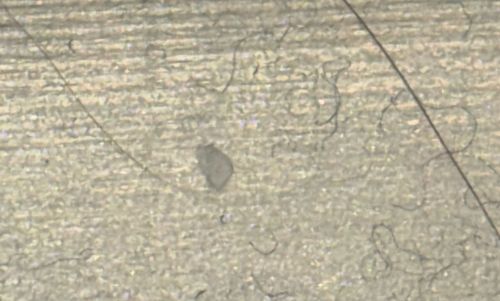Dust Mite
Scientific Name: Dermatophagoides spp. (e.g., Dermatophagoides pteronyssinus, Dermatophagoides farinae)
Order & Family: Order: Sarcoptiformes, Family: Pyroglyphidae
Size: Typically 0.2-0.3 mm (200-300 micrometers)

Natural Habitat
Dust mites are found in nearly all homes worldwide, preferring warm, humid environments. They commonly inhabit mattresses, pillows, carpeting, upholstered furniture, and bedding.
Diet & Feeding
Dust mites feed primarily on dead human skin cells (dander), but also on other organic detritus found in household dust.
Behavior Patterns
Dust mites thrive in warm, humid conditions. They are most active at night and tend to aggregate in areas with high human dander. Their life cycle from egg to adult is about 3-4 weeks, and an adult lives for 1-3 months. Females lay 1-3 eggs per day.
Risks & Benefits
Dust mites are a common trigger for allergies and asthma, primarily due to their fecal matter and body fragments. Their presence does not provide significant benefits to humans, but they are decomposers in the wider ecosystem by breaking down organic matter.
Identified on: 8/30/2025